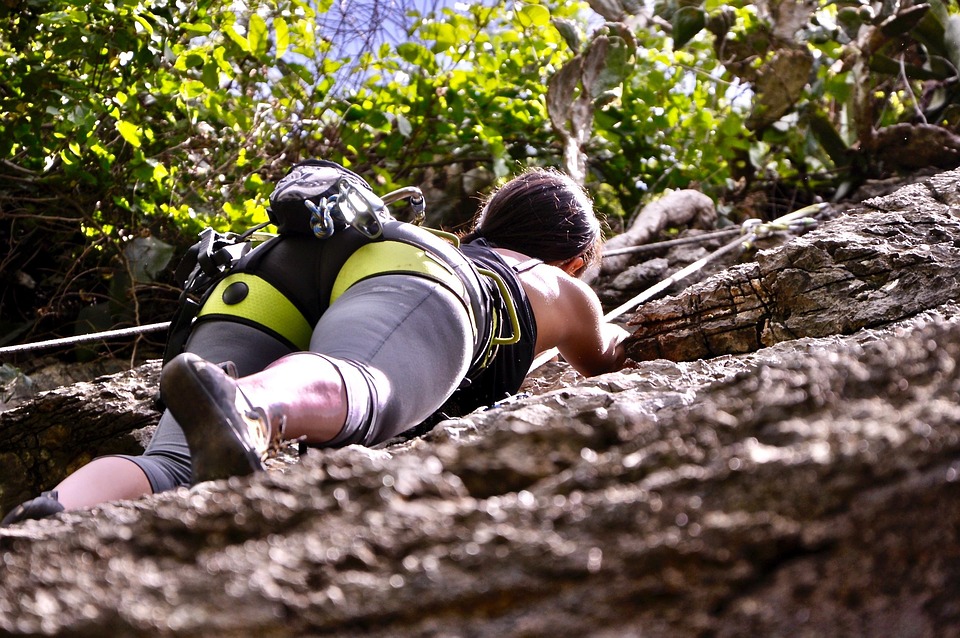Climbing, a pursuit that melds physicality with an almost spiritual connection to nature, has captivated adventurers and athletes for centuries. From the rugged peaks of the Himalayas to indoor rock walls in urban settings, the appeal of ascending heights—both physical and metaphorical—continues to draw people in. This article delves into the thrill, challenges, and essential techniques of climbing, highlighting why this sport is more than just reaching the top.
The Thrill of Climbing
1. Connection to Nature
Climbing offers a unique opportunity to immerse oneself in nature. The breathtaking views from mountaintops, the crisp mountain air, and the serenity of untouched landscapes create an unparalleled experience. The journey to the summit becomes a form of meditation, with each step taken in harmony with the surrounding environment.
2. The Rush of Adventure
The thrill of scaling heights lies in the rush of adrenaline that accompanies the ascent. Climbers navigate challenges, both mental and physical, as they push their limits toward achieving goals. Whether it’s free soloing on sheer rock faces or bouldering over padded mats, the feeling of conquering a challenging route brings a deep sense of accomplishment.
3. Community and Camaraderie
The climbing community is built on shared experiences, support, and encouragement. From local climbing gyms to expansive mountain ranges, there’s an inherent bond formed among climbers—strangers who become friends through shared challenges and triumphs. Many climbers find lifelong friendships and support systems within this community.
Techniques for Climbing Success
While the thrill of climbing is enticing, mastering the necessary techniques is essential for safety and enjoyment on the rock. Here are some fundamental skills every climber should develop:
1. Basic Footwork
Good footwork is crucial for efficient climbing. Climbers should learn to place their feet precisely on holds, using the points of their shoes to maximize grip and balance. A climber’s feet can often bear more weight than their hands, allowing for a smoother ascent.
2. Handholds and Grips
Understanding various types of grips—such as crimping, pinching, and open-handed holds—can significantly impact a climber’s performance. Each hold requires different strengths and techniques, so practicing with diverse grips helps build adaptability and strength.
3. Body Positioning
Proper body positioning is key to maintaining balance and conserving energy. Climbers should learn to keep their center of gravity close to the wall, using their legs to push rather than relying solely on their arms. Techniques like flagging and stemming can help optimize body position and enhance movement.
4. Belaying and Safety Practices
Climbing involves inherent risks, making belaying and safety practices crucial. Understanding how to properly secure a partner, communicate effectively, and use gear like harnesses, ropes, and carabiners is vital. Climbers must prioritize safety by practicing techniques and regularly checking equipment.
5. Mental Toughness
Climbing is as much a mental challenge as it is a physical one. Climbers face fears, anxiety, and moments of self-doubt. Developing mental resilience through visualization, breathing techniques, and controlled exposure can help climbers tackle challenging routes while maintaining focus and composure.
The Future of Climbing
As climbing gains popularity, the sport continues to evolve. Competitive climbing has made its mark, especially with its inclusion in the Olympics. New climbing disciplines, such as speed climbing and competition bouldering, are drawing fresh talent and opportunities for athletes. Meanwhile, the push for sustainability within climbing—protecting the natural environments where the sport thrives—has led to increased awareness and initiatives.
Conclusion
Climbing is more than a physical challenge; it’s a journey that nurtures connection, resilience, and personal growth. Whether you’re a seasoned veteran or a curious beginner, the sport offers layers of thrill and technique waiting to be explored. As you scale new heights, you not only conquer rock faces but also discover new facets of yourself. So, gear up, find your mountain, and embrace the exhilarating world of climbing.



